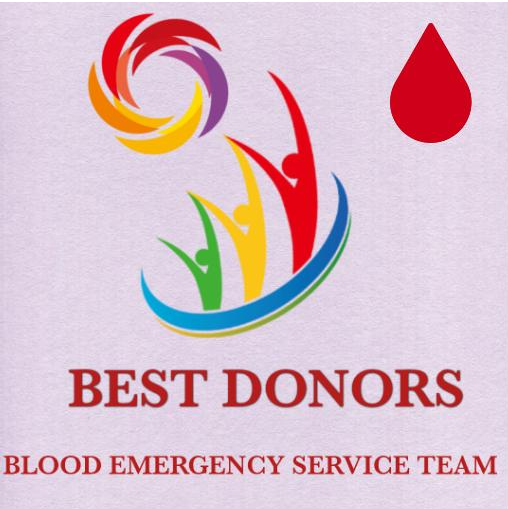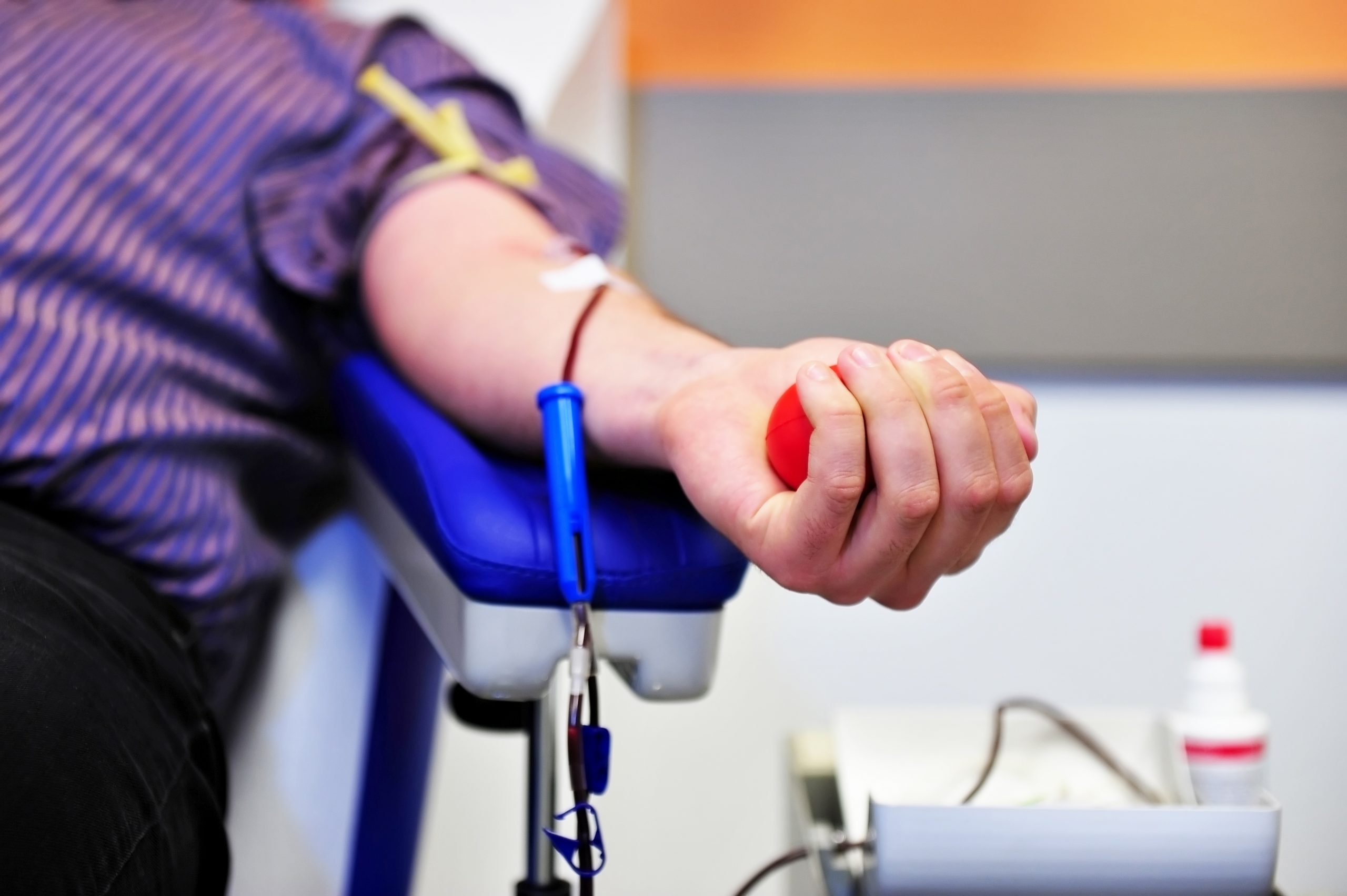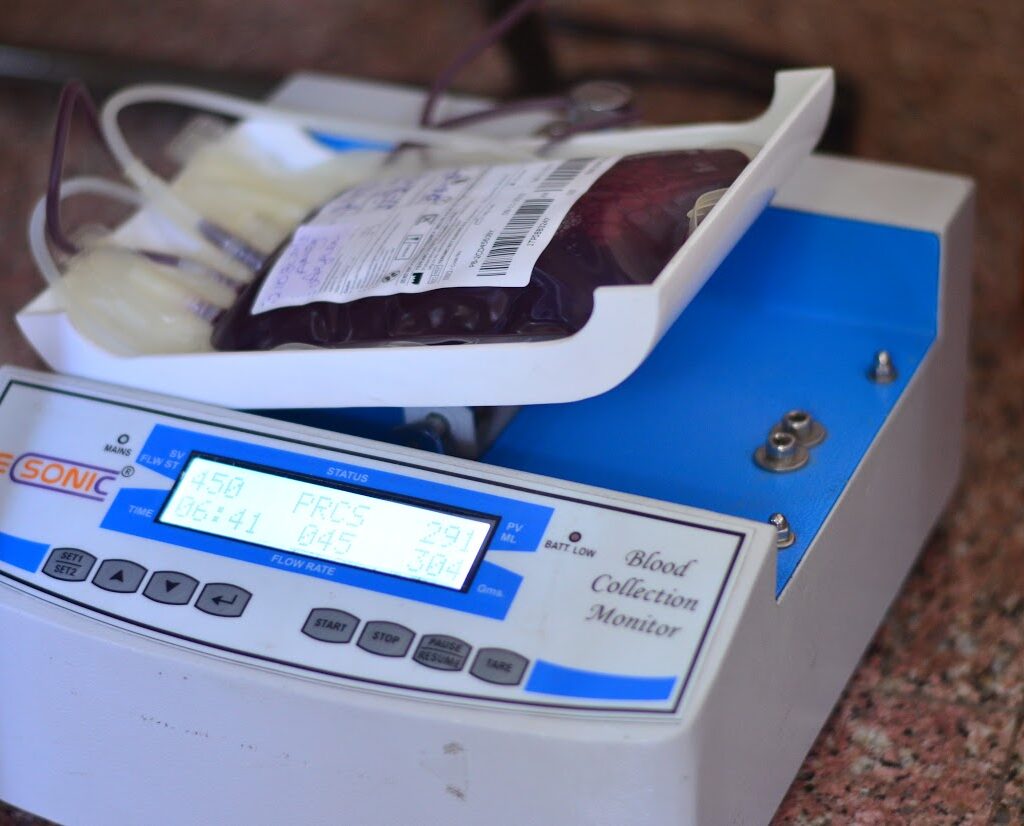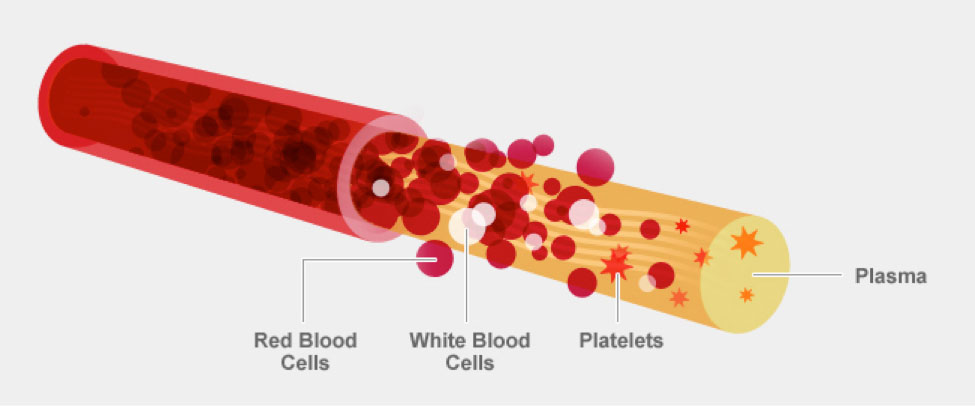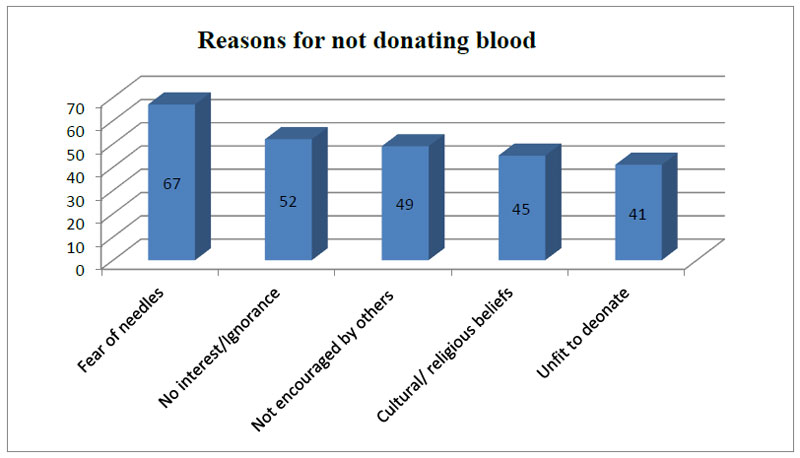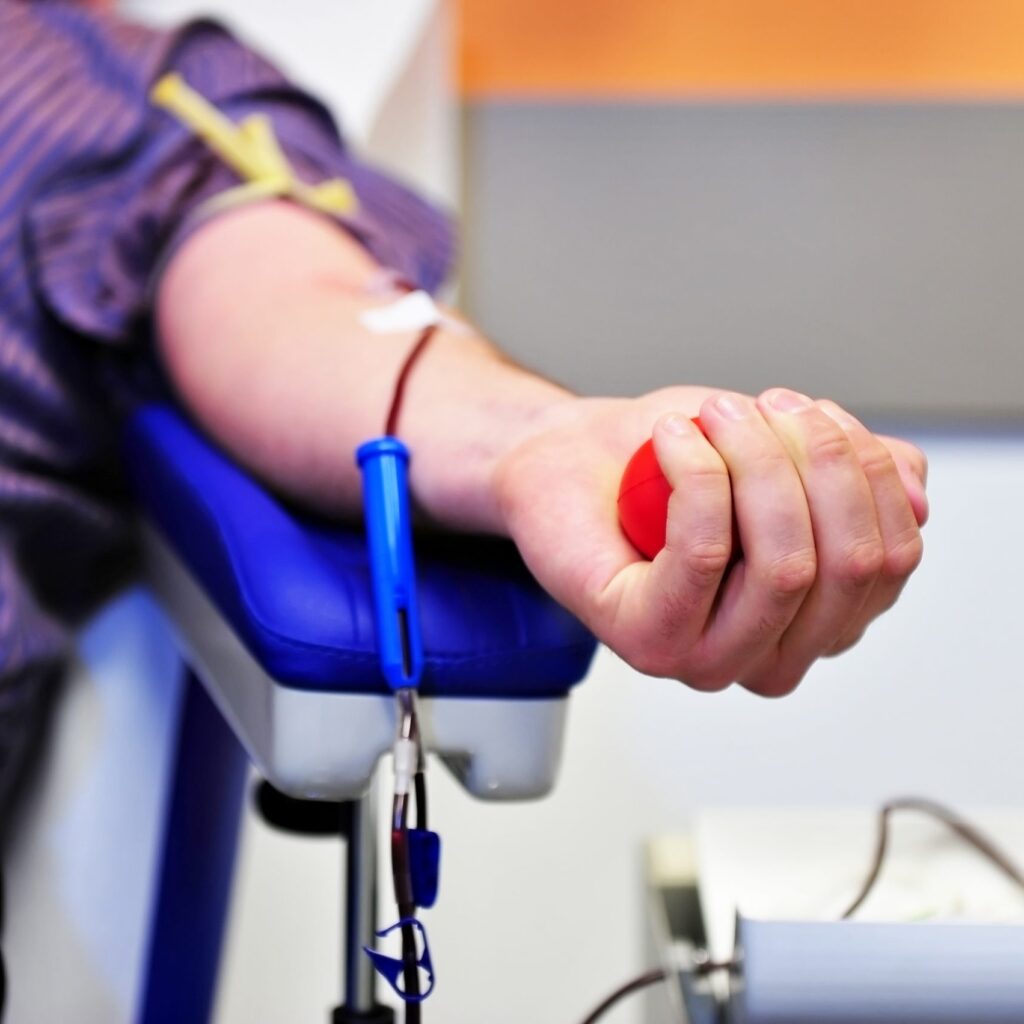India faces a critical challenge when it comes to the availability of blood.
In this article, we discuss about this vital issue, exploring the reasons behind the gap and potential solutions.
Understanding the Need vs. Demand
The need for blood refers to the number of blood units required to transfuse all individuals who require it within a population over a specific time period.
On the other hand, clinical demand represents the actual number of units needed to meet transfusion requirements at healthcare facilities.
The World Health Organization (WHO) emphasizes that the need depends on disease burden and available healthcare interventions, assuming universal access to healthcare.
However, the conversion of need to demand is influenced by socioeconomic factors, access to healthcare, and the capacity of the health system.
The Supply Side: Challenges and Initiatives
Voluntary Blood Donation
India’s blood supply primarily relies on voluntary, unpaid donors. However, this system faces several challenges:
Awareness: Many people are unaware of the importance of blood donation or the need for regular contributions.
Myths and Misconceptions: Superstitions and misconceptions about blood donation persist, hindering potential donors.
Urban-Rural Disparities: Urban areas tend to have better access to blood banks and donation drives, leaving rural regions underserved.
Initiatives like blood donation camps, awareness drives, and educational programs aim to address these issues.
Encouraging schools, colleges, and workplaces to organize regular donation drives can significantly boost the supply.
Blood Banks and Infrastructure
India has a network of blood banks, both government-run and private.
However, challenges persist:
Shortages: Many blood banks face shortages due to inadequate infrastructure, lack of trained staff, and inefficient management.
Storage and Transportation: Proper storage and transportation of blood are crucial. Ensuring a cold chain for blood products is essential to prevent wastage.
Efforts to strengthen existing blood banks, improve storage facilities, and enhance transportation logistics are critical.
Blood Components and Rational Use
Blood is not a homogenous substance; it consists of various components (red blood cells, plasma, platelets).
Rational use involves ensuring that each component is used appropriately:
Healthcare professionals must follow evidence-based guidelines to avoid unnecessary transfusions.
Platelets have a short shelf life, and their demand is high for cancer patients. Encouraging platelet donations can bridge the gap.
The Demand Side: Factors Influencing Blood Needs
Medical Emergencies
Accidents, surgeries, and childbirth often require immediate blood transfusions.
Having timely access to blood can mean the difference between life and death.
Chronic Diseases
Patients with conditions like thalassemia, haemophilia, and cancer need regular transfusions.
Their long-term care depends on a stable blood supply.
Blood Disorders
Anaemia, sickle cell disease, and other blood disorders necessitate ongoing transfusions.
These patients form a significant portion of the demand.
Public campaigns should emphasize the importance of voluntary donation, debunk myths, and encourage regular donors.
Engaging schools, colleges, and community organizations can boost donations.
Challenges
The scarcity of voluntary blood donors persists due to a lack of awareness.
Many people remain uninformed about the importance of regular blood donation.
Superstitions and misconceptions further deter potential donors.
Public campaigns should emphasize the significance of voluntary donation. Schools, colleges, and workplaces can play a pivotal role in educating the masses.
Addressing misconceptions through targeted communication can encourage more people to donate.
Many blood banks struggle due to inadequate infrastructure, insufficient staff, and poor management.
Proper storage and efficient transportation are essential to prevent wastage.
Strengthen existing blood banks by investing in facilities, equipment, and trained personnel.
Ensuring a robust cold chain for blood products minimizes spoilage.
Different patients require specific blood components (red blood cells, plasma, platelets).
Unnecessary transfusions can strain the system.
Healthcare professionals must follow evidence-based guidelines to optimize transfusion practices.
Encouraging platelet donations can address the high demand for cancer patients.
Understanding Demand Factors
Accidents, surgeries, and childbirth often necessitate immediate blood transfusions.
Availability of blood can be a matter of life or death.
Chronic Diseases
Thalassemia, Haemophilia, and Cancer: Patients with these conditions require regular transfusions.
Long-Term Care: Stable blood supply is crucial for their ongoing treatment.
Blood Disorders
Anaemia and Sickle Cell Disease: Patients with blood disorders form a significant portion of the demand.
Bridging the gap between blood demand and supply requires concerted efforts:
Public campaigns, myth-busting, and community engagement is necessary to bring awareness.
The Role of Blood Donation Drives
While urban areas often have better access to blood banks and donation drives, rural regions face challenges in meeting their blood supply needs.
Local Drives: Organizing regular blood donation camps in rural areas can encourage community participation.
Mobile Blood Banks: Mobile units that visit remote villages can bridge the gap.
Ensuring real-time tracking of blood units is essential.
Keeping donors informed about blood drives and shortages.
Bridging the gap between blood demand and supply is not the responsibility of a single entity.
It requires collective efforts from individuals, organizations, and policymakers.
Let us unite to ensure that no life is lost due to a shortage of this precious resource.
Kindly share your opinion or any additional points if I miss anything here.
Gaining knowledge is not about knowing everything about something; it is about knowing something about everything.
